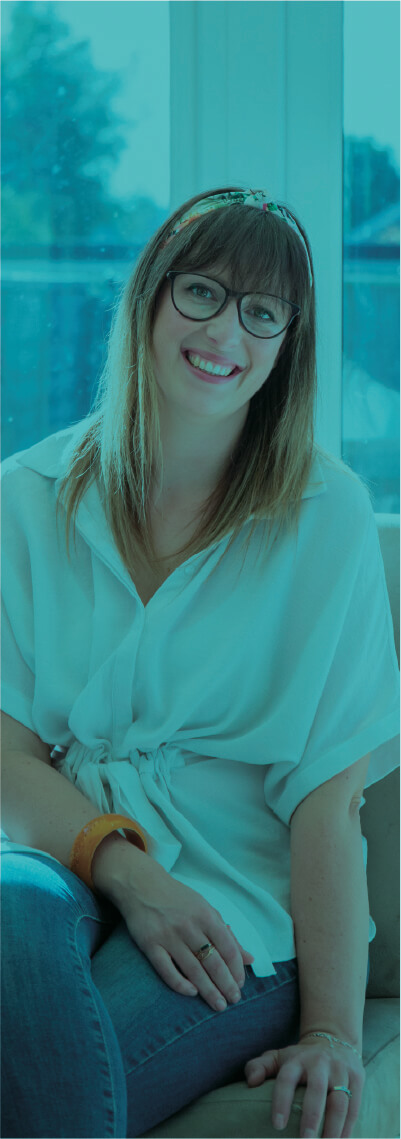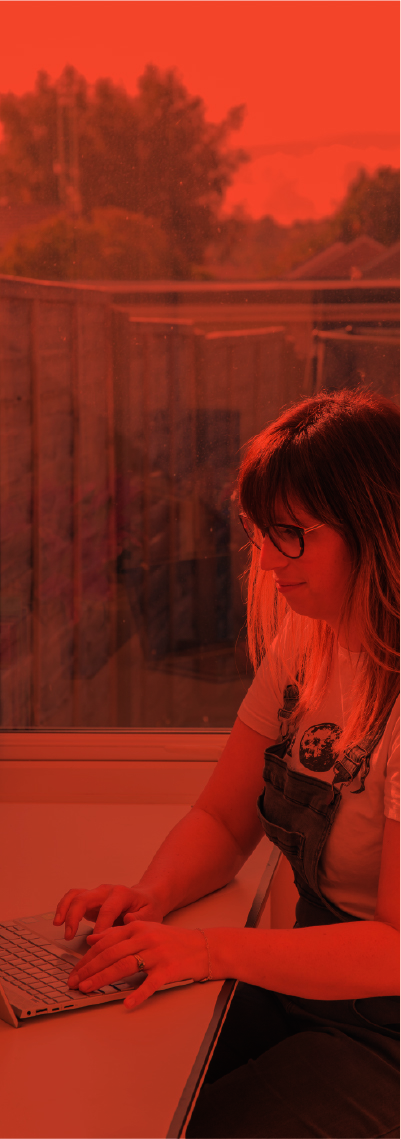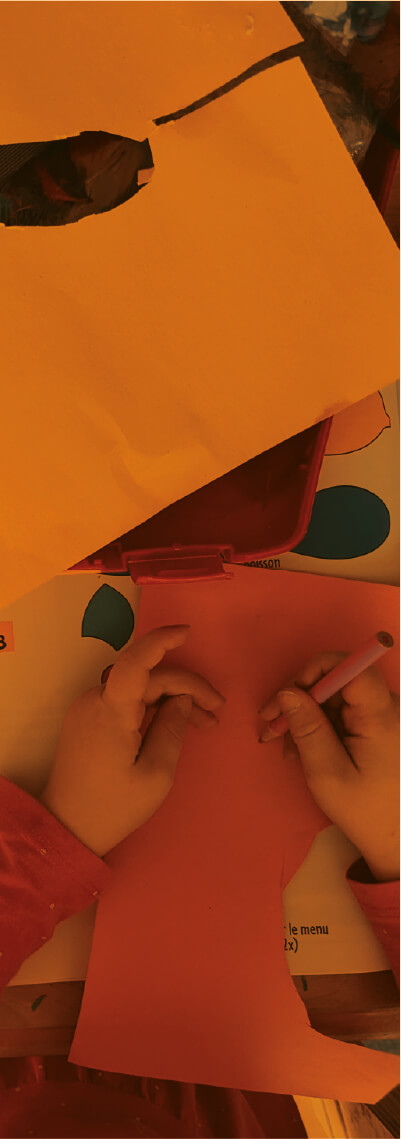
My Frequently Asked Questions
There are two topics I get asked about a lot and I thought I would give you a little bit more information about both of them. You can find out more in my Facebook group – The Parent Platform, or on my (new!) You Tube channel – The Children’s Therapy Toolkit.
Muscle Tone
The first topic is muscle tone and the difference between high tone and low tone. I often get asked how best to manage the two ends of this scale. I like to use the analogy of a volume button to describe the effects of muscle tone. When we are resting our volume button sits at a low or mid-level, not much sound is being let out and we are not requiring anything of our muscles. When we need to engage our muscles, this volume button is turned up in a controlled way to encourage movement.
In children with low muscle tone the threshold for movement is often higher so they need more input before that button is turned up. We need to give a little extra input to allow them to turn it up a bit and increase their awareness of what is needed from their body.
For children with high tone the volume is often stuck up on high which is constantly requiring those muscles to be in position and ready to work. As their muscles are working in a shorter position a lot of the time it becomes harder for them to move through range and have fluid control of that volume button.
To help you deliver your physiotherapy at home you can use activities that either relax the muscles or wake them up a bit. For children with high tone anything that encourages relaxation such as massage or stretching will help to loosen their muscles before you deliver therapy. This will mean that when you start your physio the muscles are in a better position to have some carry over into those activities.
Sensory Needs
Another area that I get questions on a lot is children with sensory needs. Children who have had increased access to a hospital environment in their early years, or those that were born prematurely will often have affected sensory systems. Knowing that these experiences can affect how our children process information, and will have a massive impact on how they learn, plan and make their movements, can allow us to tailor any therapy input to their needs.
Over the last few years, it has been really interesting for me to experience this as both a professional and a parent. I am an SEN parent myself and my son started school in September so I can appreciate how hard it is to navigate especially in an area where provision is limited. The more we, as parents, understand how our children interpret the world, the more we are able to ensure that their therapy and educational provision is successful. If you are able to be specific about what your child needs in certain environments, you will feel empowered to support the process in school.
When trying to engage your child in strengthening therapy, giving them the chance to blow of steam first with physical activity, then calming down with sensory play such as putty or slime, before you attempt a snippet of focus work will make a massive difference in how they engage. This will also have a big impact on their learning so if you are currently trying your best to home-school a child with sensory needs and are finding it difficult because they are slumping, fidgeting or finding it hard to concentrate, then meeting their sensory needs first can help to encourage a bit of focus.
Therapy Toolkit
Arming yourself with this kind of information can really empower you as a parent to advocate for your child. Adding little nuggets of knowledge is a fantastic way to grow your Therapy Toolkit which is made up of everything that can help you support your child:
- Equipment
- Toys
- Professional Support
- Emotional Resources
- Connection to other Parents
- Knowledge
Recognising what you have in your toolkit can also help you to spot what might be missing and make a plan to access it. Being able to target your energies on those areas is so important, we know we only have limited energy as parents and being able to focus it is key.
Jo







